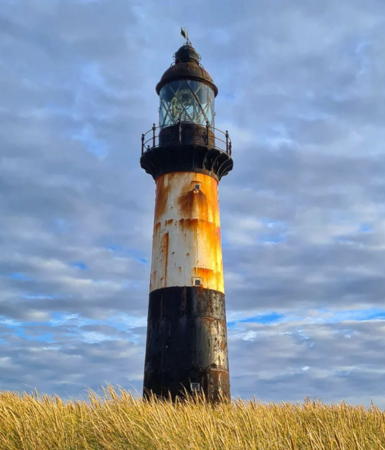The Falkland Islands is a British overseas territory located in the southwestern corner of the Atlantic Ocean roughly 500 km (300 mi) east of Río Gallegos in the Patagonia region of southern Argentina. France and Britain established colonies in the islands in 1764 and 1766, respectively. France ceded its colony to Spain in 1766 and the British colony was withdrawn in 1774. The Spanish settlement struggled along, but after the Spanish garrison was withdrawn in 1811 there were no permanent settlers remaining. Argentina claimed the Falklands (known in Spanish as the Islas Malvinas) as soon as it became independent from Spain and it established an outpost there in 1829, but British naval forces took the islands in 1833. Within the next decade the British established a colony that survives to the present day. In 1982 Argentine forces captured the islands, precipitating a 10-week war that ended with resumption of British control. Argentina continues strenuously to assert its claim.
The population of the territory is quite small, about 3700 permanent residents plus a British military garrison. The Chilean airline LanChile has scheduled flights from Santiago de Chile and from Río Gallegos. However, most visitors arrive by cruise ship, as the islands are a regular port of call for adventure cruises to the Antarctic.
Aids to navigation in the islands are maintained by the Falkland Islands Maritime Authority.
ARLHS numbers are from the ARLHS World List of Lights. Admiralty numbers are from volume G of the Admiralty List of Lights & Fog Signals. U.S. NGA List numbers are from Publication 110.
- General Sources
- Online List of Lights - Falkland Islands
- Photos by various photographers posted by Alexander Trabas.
- World of Lighthouses - British Territories in the Atlantic
- Photos by various photographers available from Lightphotos.net.
- Lighthouses in the Falkland Islands
- Photos by various photographers available from Wikimedia.
- GPSNauticalCharts
- Navigational chart for the islands.
- Google Maps
- Satellite view of the islands.

Cape Pembroke Light, Stanley, March 2022
Instagram photo
by Jennifer Woods Thomas
